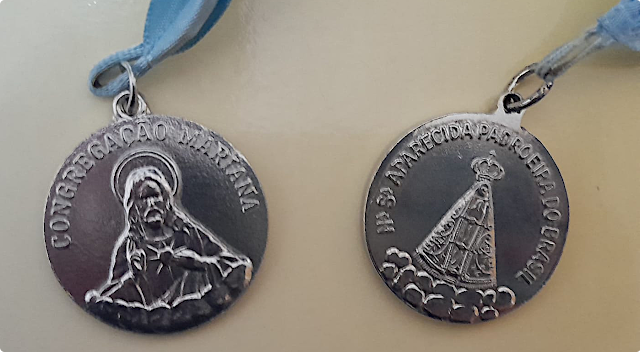The Samurai of God
Excerpts of the post "O Samurai de Deus" of the blog "O Apologeta Mariano"
Known as the “samurai of Christ”, Justo Ukon Takayama was a brave warrior, a great evangelist and an honest politician. He was a feudal lord who preferred to abandon his country than to abandon his Lord Jesus Christ.
Infancy
Takayama was born in 1552, three years after the introduction of the Christianity in Japan by the Jesuit missionary Saint Francis Xavier (1506-1552).
Takayama was 12 years old when a Catholic priest was brought to Sawa Castle, at the request of his father, Mr. Tomoteru, a man with religious concerns, who wanted to discuss the virtues of Buddhism with a Christian scholar. It was 1564, and 15 years had passed since a Portuguese ship first docked in Japan.
Tomoteru analyzed the Christian proposal in depth and with determination and he liked it, and so he and his house were baptized. His son Takayama (whose real name was Hikogoro Shigetomo) was baptized with the name “Righteous”.
A different samurai
Justo Takayama led armies, but tried to limit the loss of life; he dealt with the most powerful, but he always remained independent of pressure and faithful to his conscience. (...) Upon gaining new lands and vassals, people became astonished for he granting elaborate funerals with coffins, flags and processions for people who were not noble.
A Marian Congregate with Katana
There were lay communities in the churches that the Jesuits founded in Japanese cities such as Kyoto, Sakai and Osaka. And, of course, there were Marian congregations (sodalitium) or quasi-congregations (quasi-sodalitium). As it's known, the Jesuits used the Marian Congregations to train lay leaders. (...) Certainly Takayama was the President of a Congregation for Samurais, due to his position of honor and exemplary life, according to the report of the Jesuit Fróes in 1592.
Religious persecution
But in 1587, when the samurai was 35 years old, tolerance for Christianity came to an end. Shogun Hideyoshi, victorious from internal strife, emerged as Japan's Minister of Foreign Affairs. (...) Ukon, already over 60 years old, had challenged the Shogun: “I will not fight with guns or swords, I will have patience and faith, in accordance with the teachings of my Lord and Savior, Jesus Christ”. Many tried to convince him to renounce the Faith, but he refused to leave the Church and persisted in his decision to live as a Christian until his death.
the exile
In 1614, aged 62, Takayama went into exile leading a group of 300 Japanese Catholics who left for the Philippines, then Spanish territory, and settled in the capital Manila. (...) He died in 1615 on the 4th of February, of an illness, 10 months later. He received a Spanish funeral with full military honors.
An example up to our time
The “Marian Katana Congregation” serves as an example for current politicians, as do other Congregates, such as President García Moreno of Ecuador; and Ferdinand II, Archduke of Austria.


